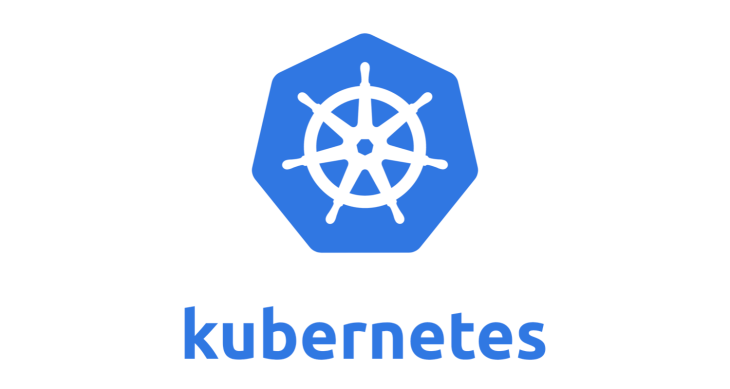Kubernetes: The Mastermind Behind Container Orchestration 🧠🚀
 Hack United
Hack United
In today’s crazy-fast world of app development, managing thousands of containers across fleets of servers is like juggling flaming swords while riding a unicycle—totally impossible without some serious automation. That’s where Kubernetes comes in, acting as your behind-the-scenes wizard 🧙♂️, taking care of the heavy lifting so you can focus on making your app awesome.
Let’s break it down: Kubernetes (or K8s, if you're cool) is the go-to tool for automating the deployment, scaling, and management of containerized apps. It was born out of Google’s need to manage apps at planetary scale 🌎, and now it’s the reigning champion of cloud-native infrastructure.
But… why is Kubernetes such a big deal? Why does every DevOps team talk about it like it’s the best thing since sliced bread? 🍞 Buckle up, because we’re diving into how Kubernetes transforms container management from a nightmare into a dream.
What Exactly Is Kubernetes?
At its core, Kubernetes is a system designed to manage clusters of containers 💻🧳, ensuring everything runs smoothly, scales when needed, and self-heals when things go sideways (because, let’s face it, things always go sideways 🙃). Whether you’re running a few containers or thousands, Kubernetes acts as the orchestrator that keeps your ship steady through stormy seas 🌊⛵.
In simple human-speak: Kubernetes manages the logistics so you can focus on the app itself. No more worrying about how it runs; Kubernetes takes care of where and how to run it.
The Big Problem It Solves 💥
Okay, picture this: You’re a developer, and you’ve built this killer app 🏆. You containerized it, and now you need to deploy it across hundreds or even thousands of servers. You’re in for a massive headache 🤯.
Manually configuring servers to run containers? Not fun. 😑
Writing scripts for basic scaling? Double not fun. 😩
Dealing with servers crashing and needing to manually restart everything? Nightmare material. 😱
This is where Kubernetes shines like the superhero cape you never knew you needed 🦸. It swoops in and solves the gnarly problems of managing containers at scale, making your life infinitely easier.
Kubernetes To The Rescue! 🦸♀️
Here’s a taste of what Kubernetes does for you:
Auto-scaling: Kubernetes can adjust the number of running containers based on real-time traffic. Your app goes viral? No sweat—K8s scales up to handle the load. When traffic cools down, it scales back to save resources. 💪
Self-Healing: Containers are fragile little things, and they will fail from time to time. But instead of you frantically pressing buttons to restart them, Kubernetes detects failures and spins up new containers automatically. No sleep lost. 😴
Load Balancing: Too much traffic on one container? Kubernetes spreads it evenly across all available containers, keeping things smooth and snappy. ⚖️
Zero-Downtime Updates: Want to update your app without taking it offline? Kubernetes lets you roll out updates gradually, making sure your users are never left hanging with downtime. 🤩
Declarative Configuration: With K8s, you tell it the desired state of your app, and it works tirelessly to maintain that state. You don’t need to micromanage it—Kubernetes has your back. 👌
Under the Hood of Kubernetes: Key Components ⚙️
To pull off its magic tricks, Kubernetes is built on a rock-solid architecture:
Cluster: This is a set of worker machines (nodes) that Kubernetes manages. Each node runs containers and reports back to the control plane.
Pods: The smallest deployable unit in Kubernetes, a pod is like a wrapper for your containers. Think of a pod as a cozy home 🏠 for one or more containers.
Nodes: These are the worker bees 🐝 of your Kubernetes cluster, responsible for running pods. Nodes can be physical servers or virtual machines.
Kubelet: Each node has a tiny agent called the Kubelet, which ensures that containers are running as they should. It’s like Kubernetes’ watchful eye 👀 on every node.
Control Plane: The mastermind behind the whole operation. The control plane makes all the decisions—where to run pods, when to scale, and how to recover from failures. It’s basically the brains of the operation 🧠.
Why Kubernetes is the Future 🌟
Kubernetes isn’t just a tool—it’s a whole ecosystem 🌳. The beauty of Kubernetes is its flexibility and ability to integrate with virtually any cloud platform (AWS, Azure, GCP, you name it). Whether you’re running a small startup or a global enterprise, Kubernetes scales with you, making sure your infrastructure grows as fast as your ambitions do 🚀.
It’s no wonder the biggest players in the industry are all-in on K8s. And with its rich open-source community, new features and improvements are always around the corner. Kubernetes is set to be a major part of the future of cloud computing, and getting familiar with it now is like future-proofing your career. 📈
Conclusion: Kubernetes is Your DevOps Best Friend!
If you’re working in DevOps, Kubernetes isn’t just a buzzword—it’s a must-have skill. With its ability to automate complex tasks like scaling, load balancing, and recovery, Kubernetes frees you up to focus on what really matters: building killer applications that scale without breaking a sweat.
So, next time someone mentions container orchestration, you can proudly say: “I know Kubernetes—and it’s awesome.” 😎
Wanna learn more? Join HACK UNITED today!, link: discord.gg/vmazBNa3
Subscribe to my newsletter
Read articles from Hack United directly inside your inbox. Subscribe to the newsletter, and don't miss out.
Written by

Hack United
Hack United
Hack United is an organization that empowers hackers and builders! Join us on hackathons in your free time! :D